Habitat on Working Lands
Migratory shorebirds need a particular kind of stopover habitat—shallow water and mudflats—to refuel during their arduous journeys. We work with landowners to create these habitats on working landscapes in the Mississippi Delta, and to document additional benefits of these temporary wetlands. Learn more below.
Bird habitat on farms
Excellent temporary wetland habitat for migratory water birds can be made on working lands, e.g. by flooding a corn field in fall after harvest. This Wilson’s Phalarope was among the 1000’s of shorebirds and waterfowl that stopped at our habitat site on a farm near Indianola, MS, during its southward migration to South America, in fall 2020. Click here to read an article about this work in Living Bird magazine, from the Cornell Laboratory of Ornithology.
Benefits beyond birds
Our research on working farms in the Sunflower River Basin of the Lower Mississippi Alluvial Valley (or Delta) shows that creation of temporary wetlands on crop fields in fall after harvest not only benefits birds, but conserves soil, keeps excess nitrogen out of our streams and rivers, and may improve subsequent crop yield. Click the link below to watch a video about this project.
Incentives for farmers
Incentives for creation of temporary wetlands on agricultural fields during fall are available to farmers through the Farm Bill, via USDA NRCS EQIP practice 644, and Delta Wind Birds provides supplements to encourage adoption of these practices. E-mail us to inquire about participation (dwindbirds@gmail.com).



